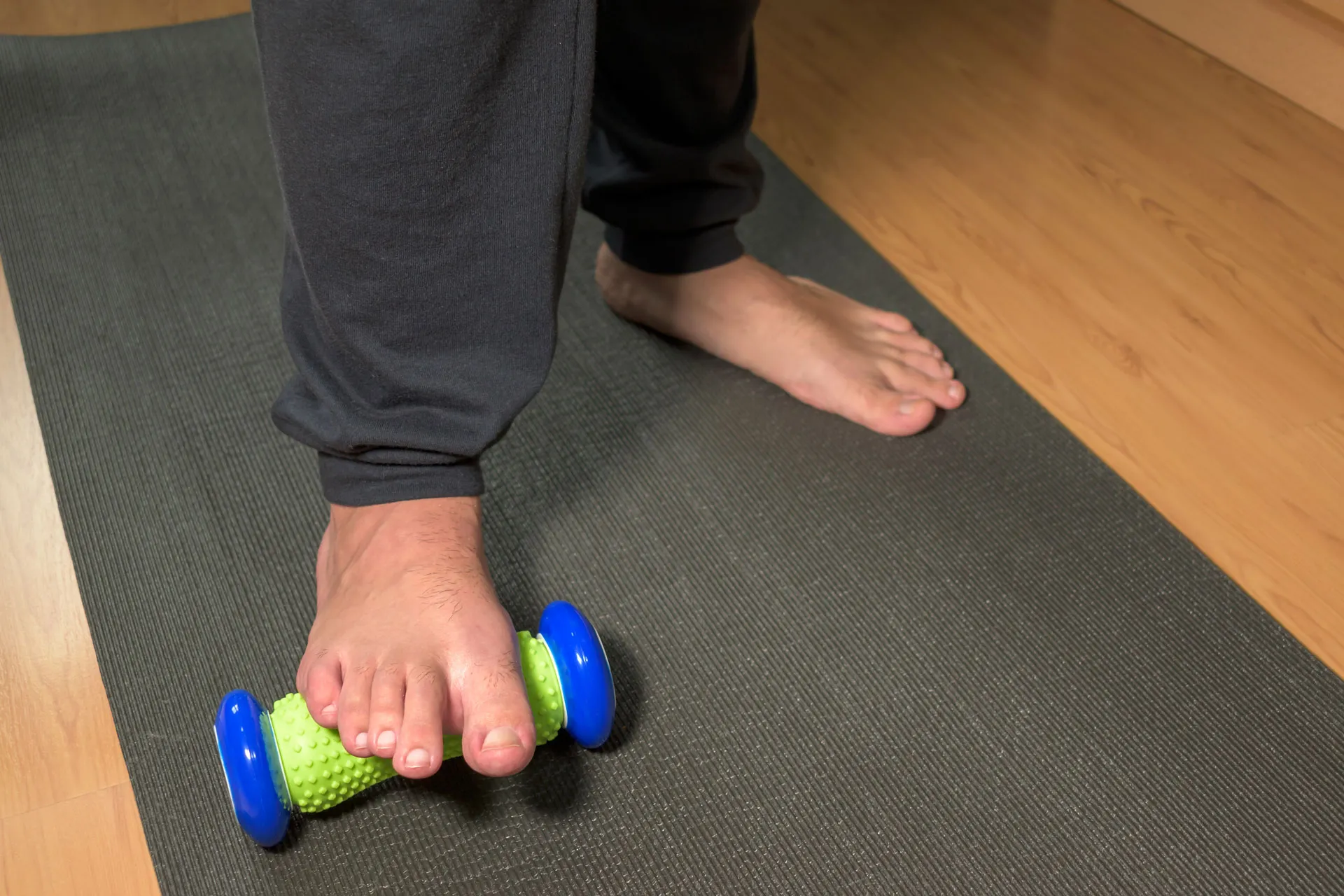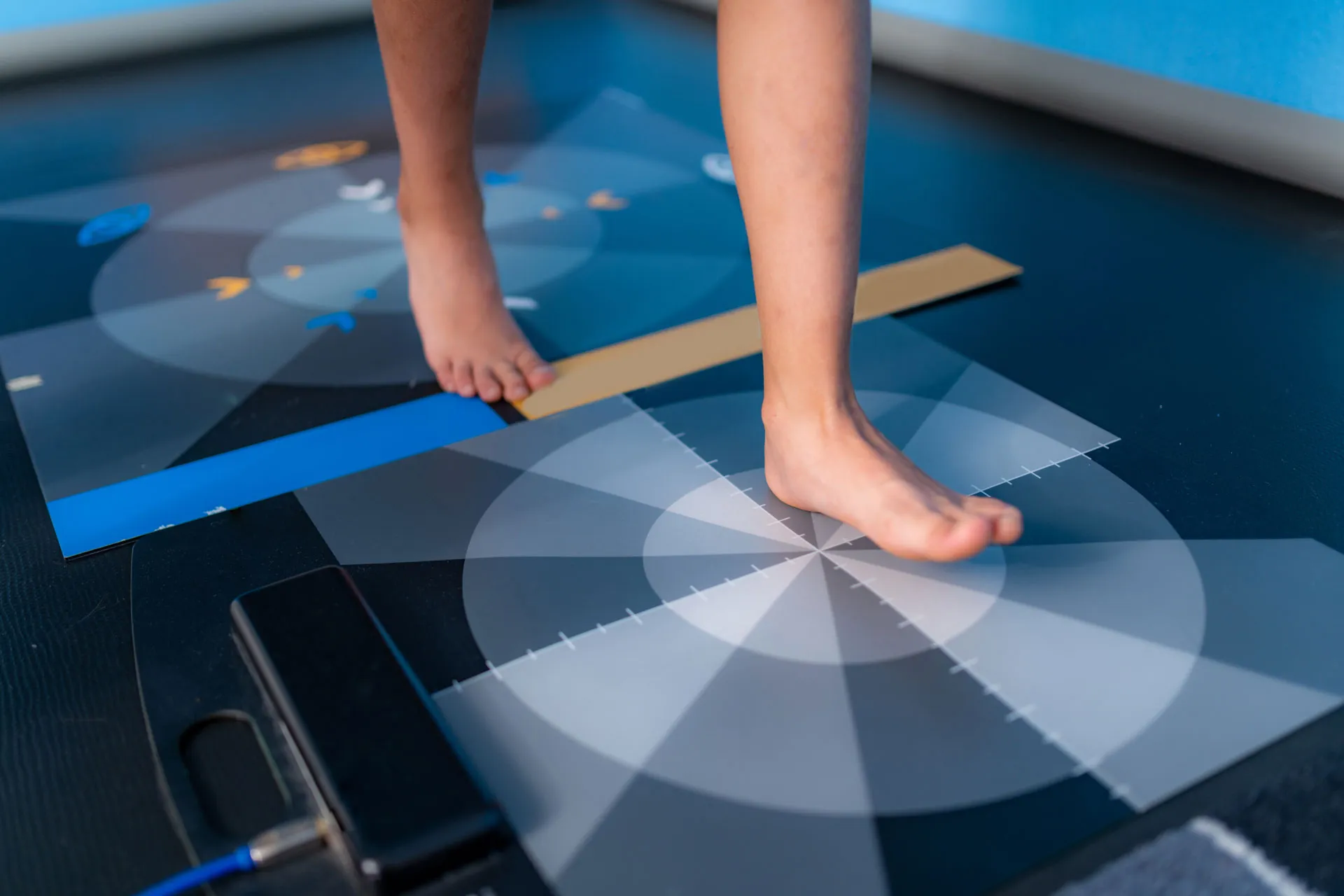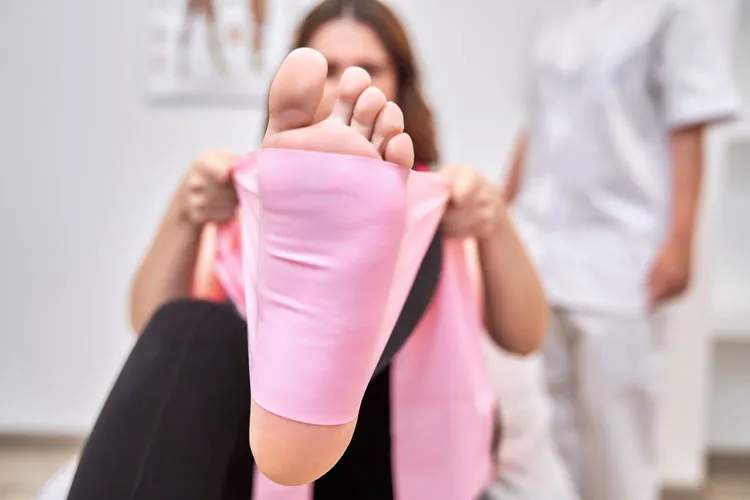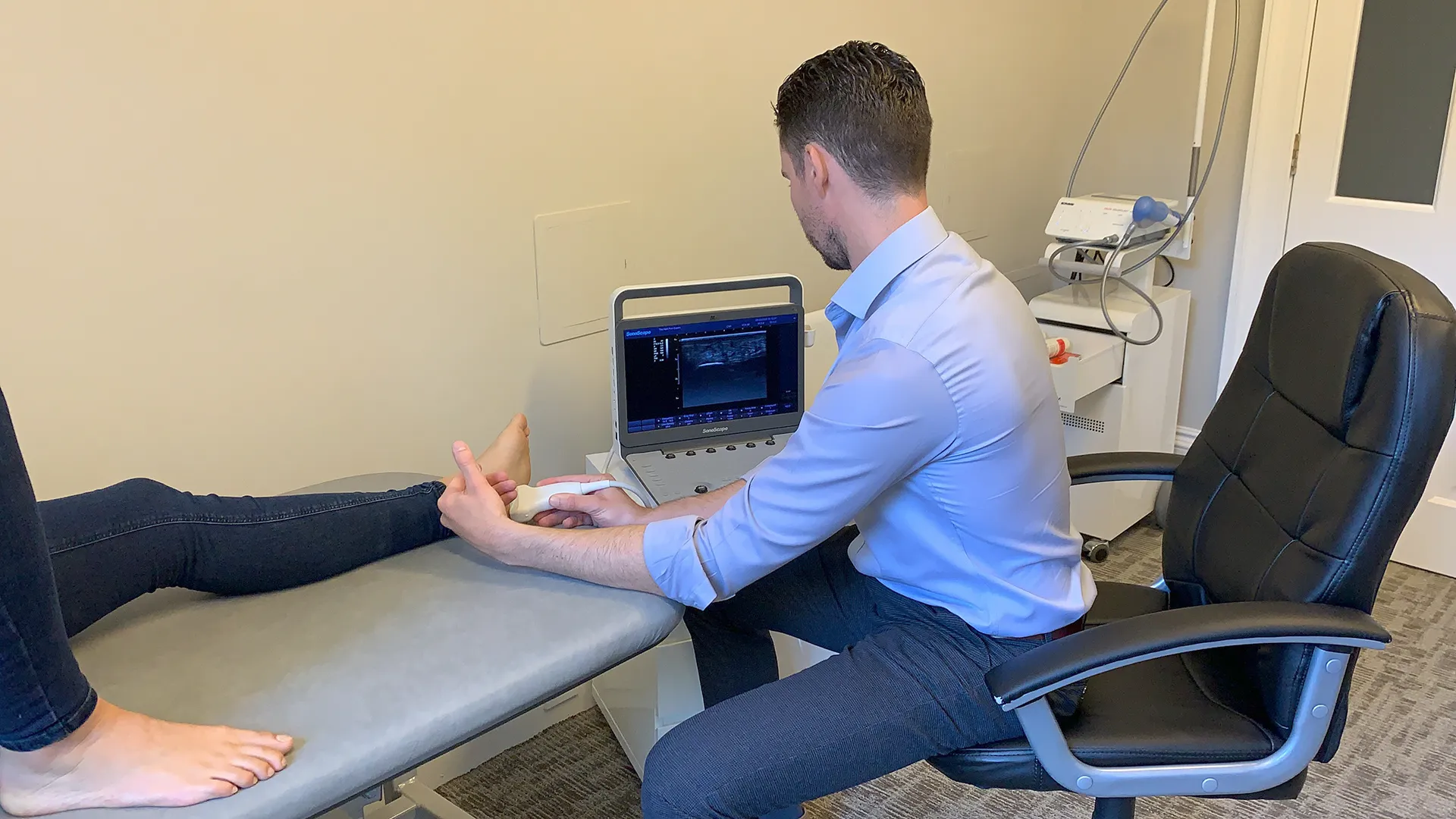Exercise Prescription
Exercise Prescription (Rehabilitation)
Exercises are prescribed for many different painful bodily conditions, including foot pain, knee pain, hip pain, back pain etc. For most conditions exercises are the main part of the treatment plan. The key to effective exercise prescription comes down to the specificity of the exercises that are tailored to the individual needs of the patient. Exercises are mostly prescribed by physiotherapists and many people use the term “physio” when referring to exercises, however many other professions prescribe exercises to treat pain including podiatrists, rehab therapists, sports therapists, osteopaths, chiropractors, sports medicine doctors, orthopedists, GP’s etc. Who prescribes the exercises is not important. What is important is that the exercises are appropriate for you and your condition.

Types of Exercise
For plantar fasciitis, most exercises that are prescribed involve stretching your body’s soft tissue (muscles, tendons, fascia, nerves). In addition to stretching exercises, strengthening exercises are also prescribed and the two have different aims.

Stretching Exercises
There is a very well established link between tightness of the calf and hamstring muscles (muscles in the back of the leg) and plantar fasciitis. Tightness of these muscles is the main causative factor for the development of plantar fasciitis in most cases. Therefore improving flexibility of the soft tissues in the backs of the legs is vital to resolving plantar fasciitis in the long term. If you would like to know more about the research demonstrating the link between muscular tension and plantar fasciitis, you can read more on our blog here.

Strengthening Exercises
Strengthening exercises are often overlooked in the conventional treatment of plantar fasciitis. This may be due to the concern that strengthening exercises may place further strain on the plantar fascia and worsen the condition. This concern, to a degree, may hold some truth and it is recommended not to perform strengthening exercises if this results in increased pain or when your symptoms are easily irritated by loading. However, having weak foot and leg muscles, may cause an abnormal gait (walking) because weakened muscles have diminished force absorption and production capabilities. Additionally, the plantar fascia is not the only structure responsible for supporting the arch of the foot. There are a number of muscles in the lower leg and the foot which also support the arch of the foot. If these muscles are weak and are not supporting the foot sufficiently, more loading stress is placed on the plantar fascia, which can lead to force overload on the plantar fascia, tissue microtrauma, and pain. If you would like to know about the research on strengthening exercises for plantar fasciitis , you can read more on our blog here

Our Verdict
Increased tension in the muscles at the back of the leg is one of the main, and perhaps the most significant contributing factor to the development of plantar fasciitis due to the excess consequential mechanical overloading that is placed on the plantar fascia. There is also a good body of evidence to prove this association. Addressing increased tension in the plantar fascia, calves and hamstrings (collectively known as the superficial back line) via stretching exercises is perhaps the most important factor that should be addressed in the treatment of plantar fasciitis. In addition to stretching exercises, strengthening exercises of the foot and leg muscles are also very important and should be included in an exercise prescription programme.

Treatments
Other Treatments We Provide
Testimonials
Why People Love
The Heel Pain Expert